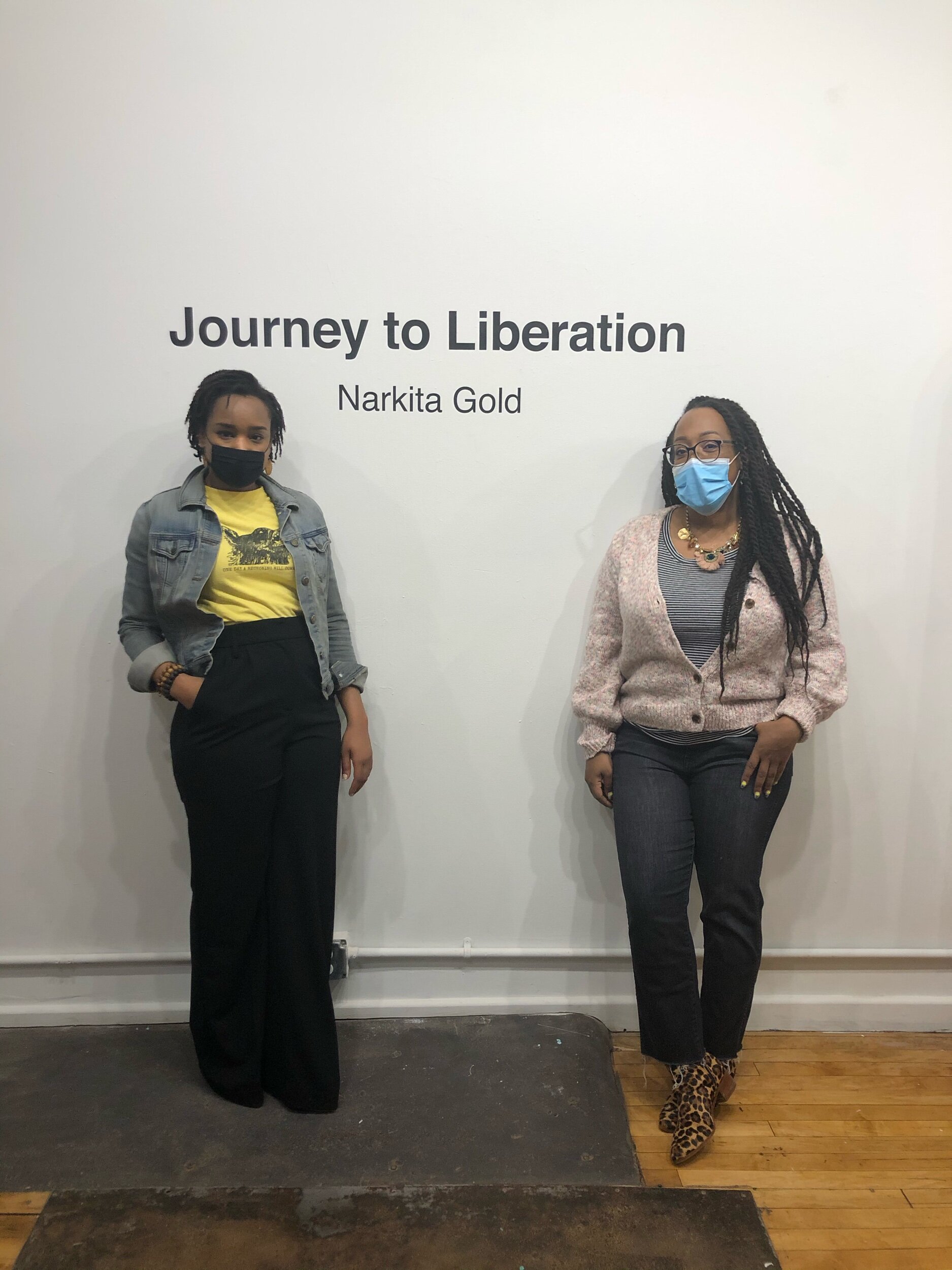In looking at my year in review, it has been brought to my attention that my blog “Virtual Field Trip and Scavenger hunt: The Smithsonian -National Museum of Natural History,” is my most popular blog. In the spirit of giving the people what they want, I have decided to take you all on another virtual field trip and created a scavenger hunt so that you can join in the fun too!
Pack your virtual bag(s) and grab a snack as we head to New York to see New York Historical Society Museum & Library. The New-York Historical Society is an American history museum and library in New York City, at the corner of 77th Street and Central Park West, on the Upper West Side of Manhattan. The society was founded in 1804 as New York's first museum.
Currently, the museum has 21 online exhibitions that you can explore, in addition to a host of other activities and forums listed in the website. Follow along with me as we explore the “Examination Days: The New York African Free School Collection” According to the website, “In 1787, at a time when slavery was crucial to the prosperity and expansion of New York, the New York African Free School was created by the New York Manumission Society, a group dedicated to advocating for African Americans. The school's explicit mission was to educate black children to take their place as equals to white American citizens.
It began as a single-room schoolhouse with about 40 students, the majority of whom were the children of slaves, and by the time it was absorbed into the New York City public school system in 1835, it had educated thousands of children, a number of whom went on to become well known in the United States and Europe. The New-York Historical Society’s New York African Free School Collection preserves a rich selection of student work and community commentary about the school. This site showcases pages from Volume IV of the collection, Penmanship and Drawing Studies, 1816–1826, and tells the story of the school and of African American New York in the late 18th and early 19th centuries. “
Let’s begin by click on “learn about AFS history” and begin under the “Introduction”








